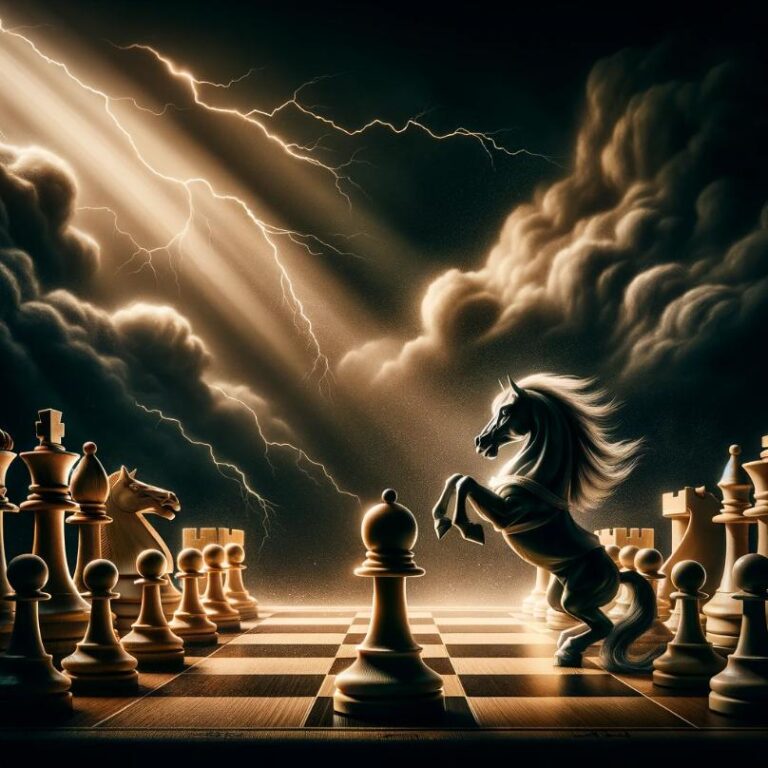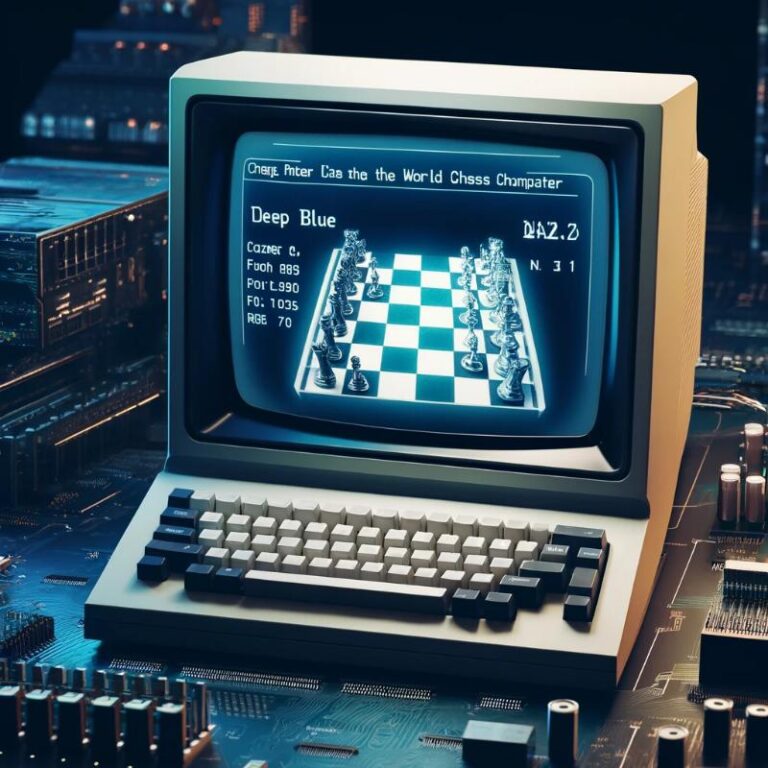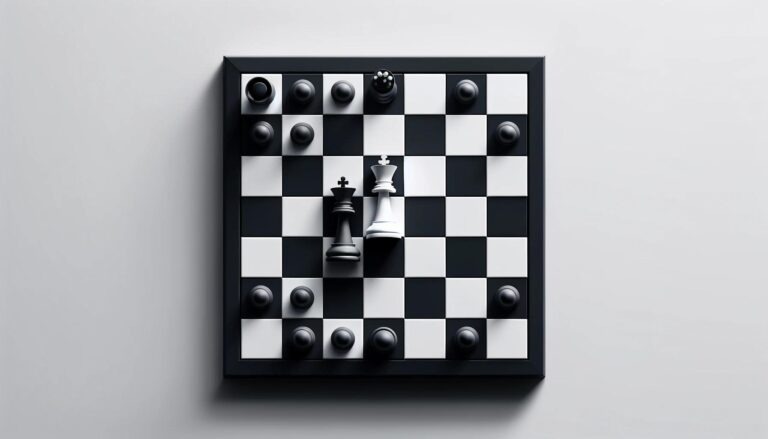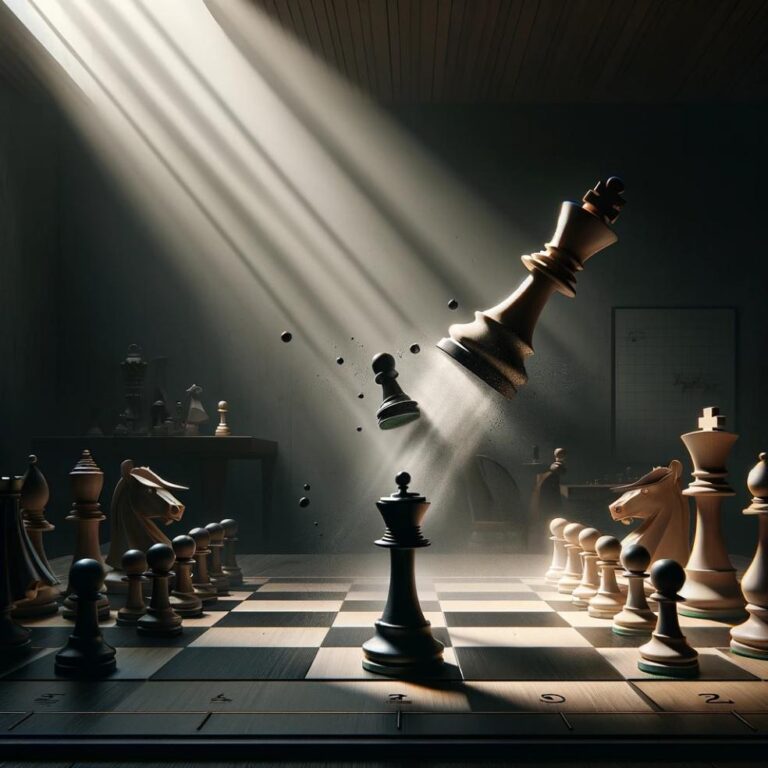Introduction
Chess has long been considered the ultimate test of intelligence and strategic thinking. With its origins dating back to the 6th century, this complex game has captivated players for centuries. However, with the advent of artificial intelligence (AI), the game of chess has taken on a whole new level of sophistication. AI has proven to be a formidable opponent, challenging the greatest human players and even surpassing their capabilities. In this article, we will delve into the intricacies of one of the most dramatic and powerful moves in chess â the King and Queen checkmate, and explore how AI has perfected its execution.
The Basics of Checkmate
Checkmate is the ultimate goal in a game of chess. It is the move that renders the opponent´s King unable to avoid capture, leading to a victorious end for the player who initiates the checkmate. In order to execute this move, a player must strategically position their pieces to attack the opposing King in such a way that it cannot escape capture. The King and Queen checkmate is considered to be the most powerful of all checkmate combinations, and its execution requires precise planning and calculation.
The Power of AI in Chess
AI has been pushing the boundaries in the world of chess for decades, with its first notable achievements dating back to the 1950s. However, it was not until 1997 when IBM´s supercomputer Deep Blue successfully defeated world champion Garry Kasparov in a six-game match, that AI´s capabilities in the game were truly showcased. Since then, AI has only continued to evolve and improve, surpassing human players in terms of problem-solving, pattern recognition, and strategic thinking.
Perfecting the King and Queen Checkmate through Machine Learning
Machine learning, a subset of AI, has played a crucial role in perfecting the execution of the King and Queen checkmate in chess. Through the use of algorithms and data, computers are able to continuously learn and improve their strategies, making them nearly unbeatable opponents in a game of chess. Machine learning allows computers to analyze vast amounts of chess data, including past games and strategies, and use this information to make informed decisions and anticipate their opponents´ moves.
The AlphaZero Phenomenon
In 2017, AI took another giant leap forward with the introduction of AlphaZero by Google´s DeepMind. Unlike previous chess programs that relied on data from human games, AlphaZero was given only the basic rules of chess and allowed to teach itself through reinforcement learning â playing millions of games against itself and continually learning and evolving. In just four hours, AlphaZero was able to master chess to a level that surpassed all existing chess programs, including the previous champion Stockfish.
Conclusion
In conclusion, the King and Queen checkmate has long been considered the perfect execution in chess, requiring a high level of intelligence and strategic thinking. However, with the advancements in AI and machine learning, this move has been mastered to a level that was once thought impossible. The creativity and ingenuity of AI have pushed the boundaries of what was previously believed to be the pinnacle of human intelligence, and in doing so, has forever changed the game of chess. As we continue to push the limits of artificial intelligence, who knows what other classic moves and strategies will be perfected in the world of chess.







